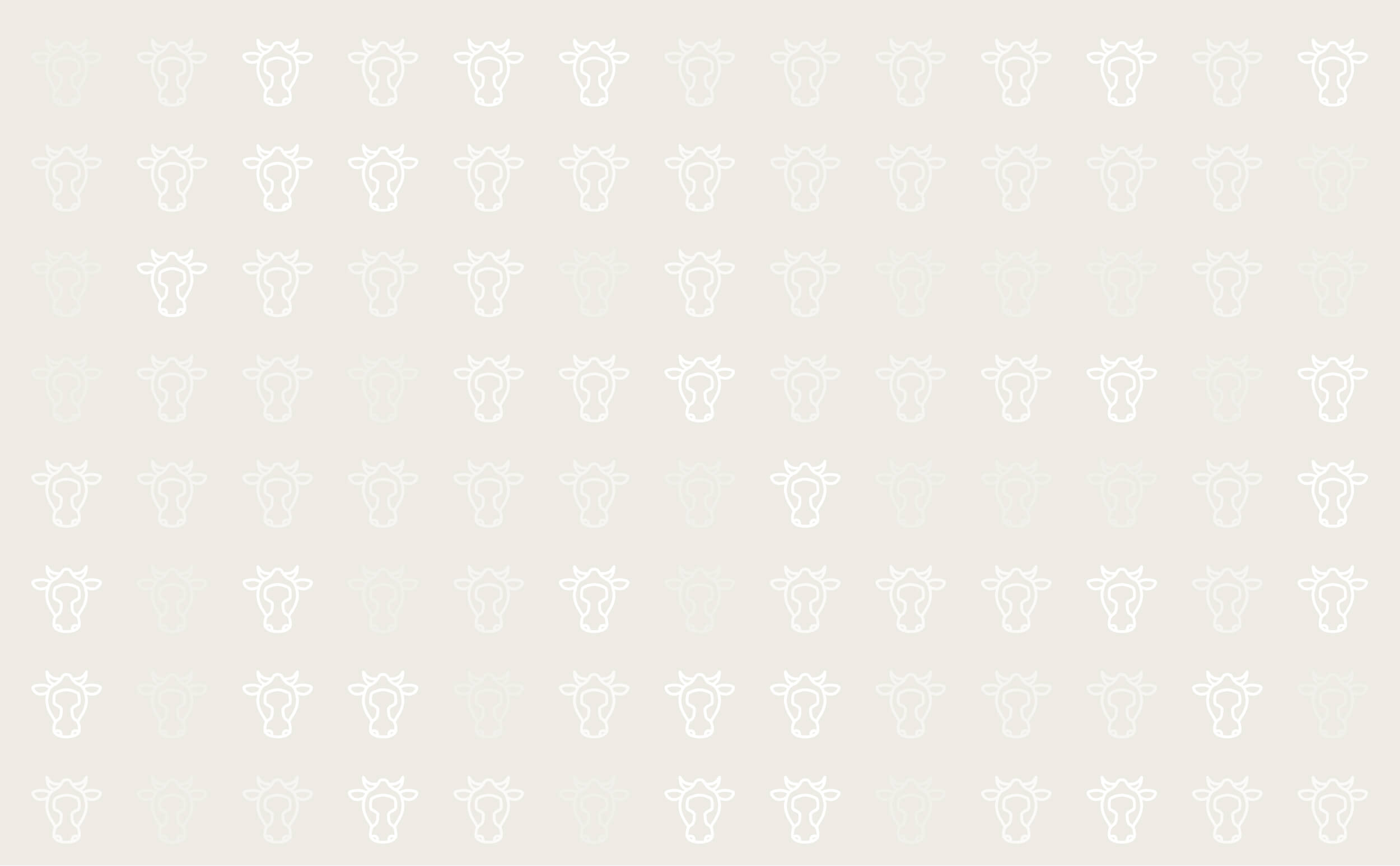



Lice in Cattle
Lice irritate cattle, causing the cattle to bite, scratch and rub. This constant irritation can become a welfare issue.
Cause
Lice are small, flat-bodied insects with legs modified for grasping hairs.
- Sucking lice
These have relatively small narrow heads designed piercing the skin and sucking blood. In large numbers they can cause anaemia. They are usually found around the head and neck of cattle - Biting lice
Biting lice have larger rounder heads. They feed on skin debris, blood and scabs. Despite being apparently less invasive than sucking lice, it is biting lice that produce the most severe irritation. There is one species of biting louse found throughout the world. It is a reddish-brown louse about 2 mm long with a brown head. It is mostly found on the neck, shoulders, back and rump.
The eggs, or nits, of both types are glued singly to hairs and hatch in about two weeks. The nymphs, or immature stages, resemble the adults but are smaller. They mature in about three weeks. Adults live two to three weeks and females lay about one egg per day.
Symptoms
- Rubbing
- Hair loss due to rubbing on neck, shoulders and rump
- Biting
- Scratching
Lousy cattle may cause damage to fences, yards or trees which the cattle use as rubbing posts. The coats of lousy cattle take on a rough scruffy appearance, and, at times, areas of skin are rubbed raw.
The effect of lice on the production and growth rate of cattle is a matter for continued debate. Conflicting results from many trials indicate that various factors interact to influence the degree to which lice affect cattle. Lice can be an important cause of economic loss when cattle are in poor condition or if infestations are heavy.
If only a few animals in a mob are severely affected by lice, always look for an underlying cause. Diseased or nutritionally stressed animals will develop more severe lice infestations than healthy animals.
Treatment
Insecticides can be used to treat infected cattle. However they may not be as effective on louse eggs. This means that after treatment, eggs can still hatch and continue the infestation. With some insecticides, a follow-up treatment 2–3 weeks later is necessary. This time interval is critical to achieve control, as it allows time for the eggs to hatch but not to mature into adults which will lay eggs themselves.
It can be important to know whether you have sucking or biting lice, because the different method of feeding means that they have different susceptibilities to treatments. This is particularly important if you are going to use an avermectin injection (such as ivermectin) as these are much more effective against sucking than biting lice.
Different treatments are available including pour-ons, sprays, ear-tags or injection.
There are some concerns about resistance to treatments.
Prevention
As well as using insecticides, basic bio-security can prevent outbreaks on farm.
Avoid parasite introductions onto the farm by asking
about the previous treatment history of brought-in
cattle, and by assessing their potential for carrying
external parasites by examining skin, and making
behavioural observations.
Unless a recent pour-on
drench or skin inspection has been carried out, a
quarantine treatment is a useful biosecurity measure
before entry of brought-in cattle to a new property.

